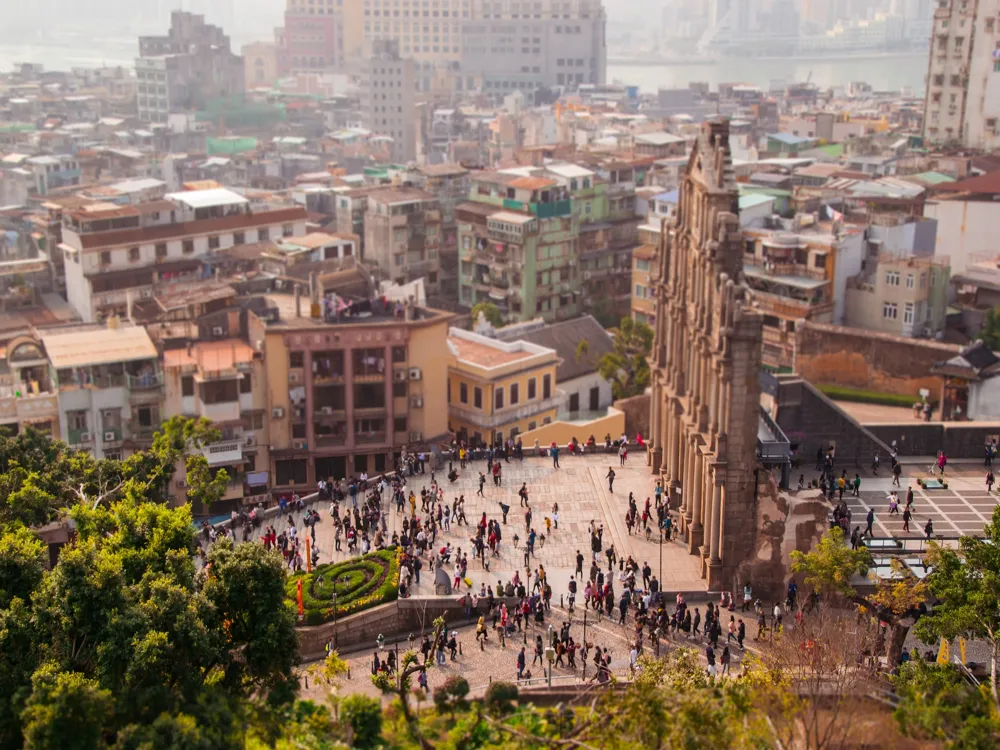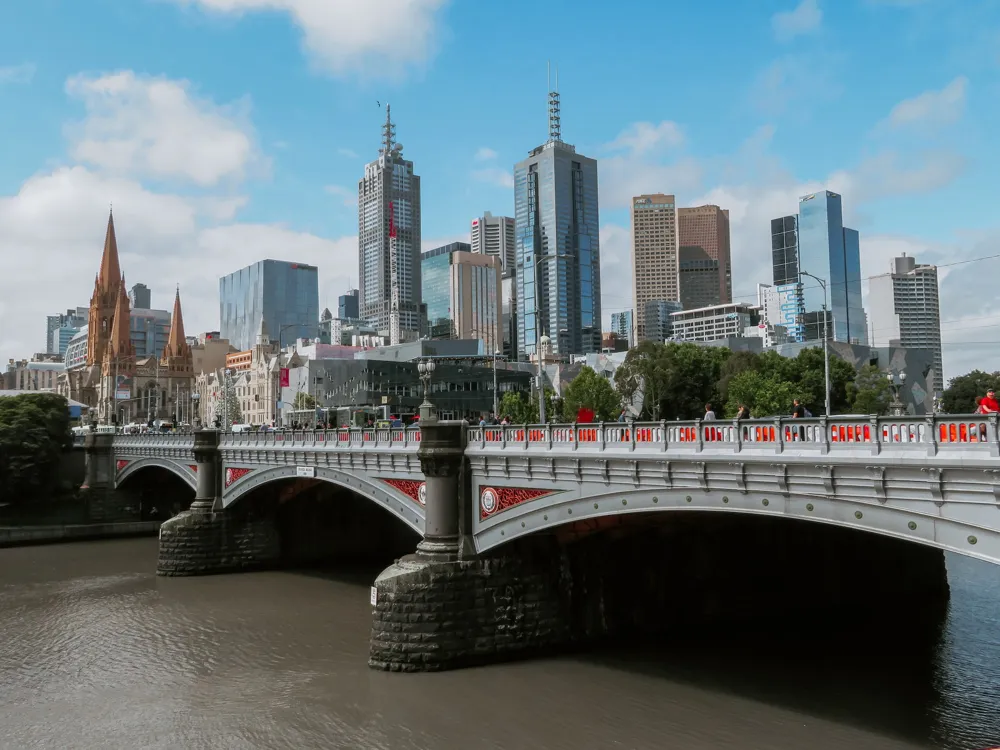The Hong Kong Museum of Medical Sciences, a significant institution in Hong Kong, provides an extensive exploration of medical advancements and history in the region. Established to promote the understanding and appreciation of medical sciences, the museum is housed in a historically significant building, which itself is a testament to Hong Kong's architectural heritage. The museum's collections offer insights into the medical practices, both traditional and modern, that have shaped healthcare in Hong Kong over the years. As visitors walk through the museum's halls, they are greeted with a variety of exhibits that cover a broad range of topics. These include traditional Chinese medicine, Western medical practices, and the development of medical technology. The museum also plays a critical role in preserving the history of healthcare during crucial times in Hong Kong's history, such as the colonial era and the SARS epidemic. One of the museum's highlights is its dedication to interactive learning. Through its educational programs and interactive displays, the museum engages with visitors of all ages, making it an ideal destination for families and school groups. The Hong Kong Museum of Medical Sciences is more than just a repository of historical artifacts; it is a vibrant educational center that continues to contribute to the public's understanding of medical sciences. The museum is not only a center for medical history but also a symbol of the evolution of medical services in Hong Kong. It stands as a testament to the city's journey from traditional Chinese medicine practices to the adoption and advancement of Western medicine. This historical evolution is intricately detailed in the museum's exhibits, offering visitors a comprehensive view of the medical heritage of Hong Kong. Moreover, the museum's role in public health education is paramount. It serves as a platform for disseminating information on various health issues, promoting preventive medicine, and encouraging healthy living among the community. This aspect of the museum's mission is particularly relevant in today's world, where public health awareness is more critical than ever. The museum's collection includes a vast array of medical instruments, equipment, and documents. These items range from ancient tools used in traditional Chinese medicine to modern diagnostic devices. The collection provides a tangible link to the past, allowing visitors to see firsthand how medical practices have evolved over time. Among the exhibits, the gallery on infectious diseases, including the documentation of the SARS outbreak, is particularly notable. This exhibit not only showcases the medical community's response to the crisis but also serves as a reminder of the importance of medical science in tackling public health challenges. The museum's commitment to education is evident in its array of programs and activities designed for learners of all ages. These include workshops, seminars, and interactive sessions that delve into various aspects of medical science. By engaging with the public in this manner, the museum fosters a deeper understanding of medical history and current health issues. The architecture of the Hong Kong Museum of Medical Sciences is as fascinating as its exhibits. The building itself is a piece of history, showcasing a blend of Eastern and Western architectural styles. This unique fusion reflects the cultural and historical amalgamation that Hong Kong has experienced over the years. The museum's structure is not only a housing for historical artifacts but also an artifact in its own right, telling the story of Hong Kong's architectural evolution. The museum is located in a restored Edwardian-style building, which was originally constructed in 1906. It was initially used as the Bacteriological Institute, the first purpose-built medical laboratory in Hong Kong. The building's design is a testament to the colonial architectural influences of the time, characterized by its red brick walls, granite banding, and pitched tile roof. The structure beautifully combines these elements with traditional Chinese architectural features, creating a distinctive and harmonious aesthetic. The restoration of the building was a meticulous process, aimed at preserving its original character while making it suitable for modern use as a museum. This involved careful restoration of the original brickwork, woodwork, and other architectural elements. The preservation efforts extended to the interior as well, where original features such as tiled floors and wooden staircases were restored to their former glory. The museum's restoration project is an excellent example of sustainable preservation, blending historical authenticity with contemporary needs. This approach has not only saved a significant piece of Hong Kong's architectural heritage but also created a functional space that serves an educational purpose. The museum's architecture is notable for its attention to detail and the integration of various design elements that reflect both Eastern and Western influences. The arched windows, verandas, and the use of red bricks are reminiscent of colonial architecture, while the tiled roof and some of the decorative motifs draw inspiration from traditional Chinese designs. This blend of styles makes the building a visual representation of Hong Kong's unique cultural heritage. The layout of the museum is also thoughtfully designed, with a flow that guides visitors through the exhibits in a logical and engaging manner. The use of natural light, the arrangement of spaces, and the interactive displays are all carefully planned to enhance the visitor experience. Before visiting the Hong Kong Museum of Medical Sciences, it's advisable to check the museum's website for the latest information on opening hours, ticket prices, and any special exhibitions or events. Planning your visit in advance can help maximize your experience and ensure you don't miss any key exhibits. Consider joining a guided tour to gain deeper insights into the exhibits. The museum offers guided tours that provide additional context and background, enhancing your understanding of the displays. Additionally, educational resources are often available, which can be particularly beneficial for students or those with a keen interest in medical history. The museum is committed to being accessible to all visitors. Check for information on accessibility, including wheelchair access and facilities for those with special needs. Also, inquire about amenities like restrooms, a gift shop, and a café, which can make your visit more comfortable and enjoyable. Be aware of the museum's rules regarding photography and interaction with the exhibits. Some areas may restrict photography, and it's important to respect these rules. Also, while many exhibits are interactive, ensure that you follow any guidelines for engaging with these displays. After your visit, consider exploring the surrounding area. The museum is situated in a culturally rich part of Hong Kong, offering a variety of dining and shopping options, as well as other historical sites and attractions. Reaching the Hong Kong Museum of Medical Sciences is convenient due to its central location.
Overview of Hong Kong Museum of Medical Sciences
History and Significance
Collection and Exhibits
Educational Programs and Activities
Architecture of Hong Kong Museum of Medical Sciences
Restoration and Preservation
Architectural Features and Design Elements
Tips When Visiting Hong Kong Museum of Medical Sciences
Planning Your Visit
Guided Tours and Educational Resources
Accessibility and Facilities
Photography and Interaction Rules
Exploring the Neighborhood
How To Reach Hong Kong Museum of Medical Sciences
Hong Kong Museum of Medical Sciences
Hong Kong
NaN onwards
View hong-kong Packages
Weather :
Tags : Museum
Timings : Tuesday to Monday: 10:00 AM - 5:00 PM Sunday and Public Holidays: 1:00 PM - 5:00 PM Monday, Christmas Day, New Year’s Day and the first three days of Chinese New Year: Closed Christmas Eve and Chinese New Year’s Eve: 10:00 AM - 3:00 PM
Time Required : 1-2 hrs
Entry Fee : Adults: HKD 20 Full time Students, Senior Citizens, Children (under the age of 6) and people with disabilities: HKD 10 Families (maximum 3 children and 2 adults): HKD 50
Planning a Trip? Ask Your Question
Hong-kong Travel Packages
View All Packages For Hong-kong
Top Hotel Collections for Hong-kong

Private Pool

Luxury Hotels

5-Star Hotels

Pet Friendly
Top Hotels Near Hong-kong
Other Top Ranking Places In Hong-kong
View All Places To Visit In hong-kong
View hong-kong Packages
Weather :
Tags : Museum
Timings : Tuesday to Monday: 10:00 AM - 5:00 PM Sunday and Public Holidays: 1:00 PM - 5:00 PM Monday, Christmas Day, New Year’s Day and the first three days of Chinese New Year: Closed Christmas Eve and Chinese New Year’s Eve: 10:00 AM - 3:00 PM
Time Required : 1-2 hrs
Entry Fee : Adults: HKD 20 Full time Students, Senior Citizens, Children (under the age of 6) and people with disabilities: HKD 10 Families (maximum 3 children and 2 adults): HKD 50
Planning a Trip? Ask Your Question
Hong-kong Travel Packages
View All Packages For Hong-kong
Top Hotel Collections for Hong-kong

Private Pool

Luxury Hotels

5-Star Hotels

Pet Friendly




















